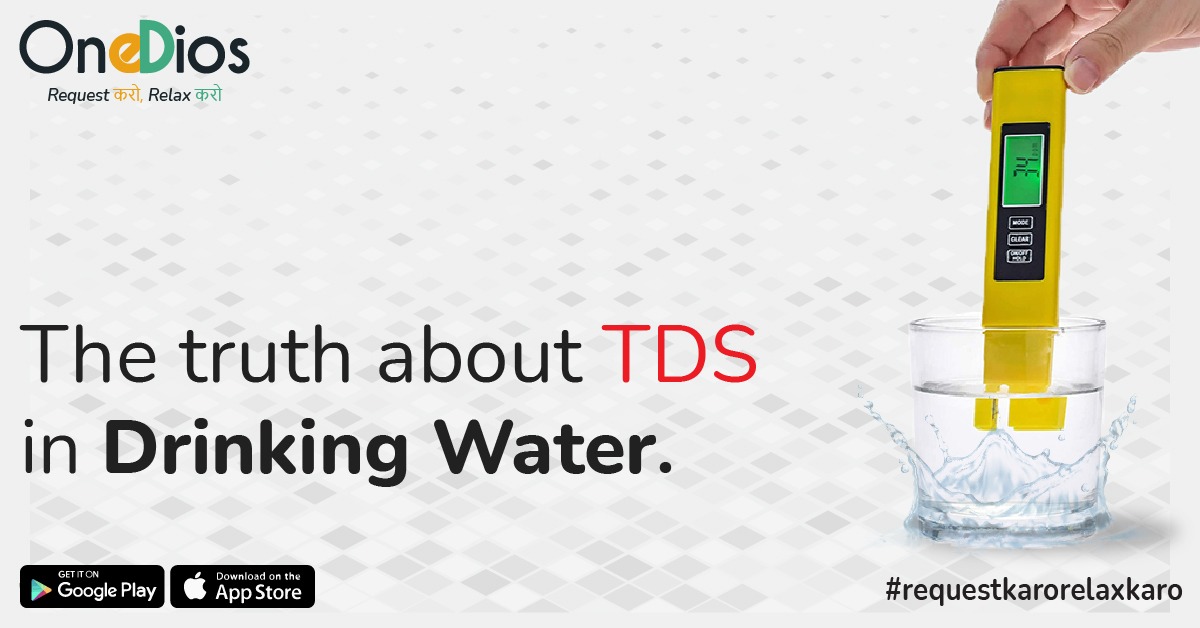When you think of water, the most common thing that comes into your mind is a colorless and odorless liquid. But that’s not sufficient enough. The chemical composition of water is a complex one. We all need quality and clean water. But can you measure the quality of water? The answer is turbidity. Turbidity informs the water’s cleanliness and quality by measuring the suspended particles in the water. This article will describe TDS in drinking water, how it is measured and how it can assess the cleanliness of drinking water.
What do you need to know about TDS?
The nature of water is such that many impurities and organic or inorganic materials dissolve in it easily. Total Dissolved Solids or TDS informs us of these organic and inorganic materials such as metals, minerals, salts, and ions present in the water.
Total dissolved solids (TDS in drinking water) are measured in ppm, this is an abbreviation for “parts per million” and it also can be expressed as milligrams per liter (mg/L). This measurement is the mass of a chemical or contaminates per unit volume of water.
Suppose a TDS meter says 100 ppm, that means that from one million particles, 100 are dissolved ions and 999,900 are water molecules.
How TDS affect our health?
According to information available on the WHO website, water containing TDS concentrations below 1000 mg/liter is usually acceptable to consumers, although acceptability may vary according to circumstances. However, the presence of high levels of TDS in drinking water may be objectionable to consumers owing to the resulting taste.
Adverse impact on appliances
WHO website says that the high TDS levels (>500 mg/liter) result in excessive scaling in water pipes, water heaters, boilers, and household appliances such as kettles and steam irons. Such scaling can shorten the service life of these appliances.
How to measure TDS?
You can test the quality of water with the help of a TDS meter. It is the simplest way to measure total dissolved solids. So, a home water test kit can be a good instrument to tell exactly what quality of TDS is present in your water.
RO Maintenance Services pan-India can be booked from the OneDios app, without having to wait through long call center calls. You can also book the appointment day at your convenience for a hassle-free experience
Why OneDios for Refrigerator Services in NOIDA?
Multiple plans and options on our platform. Plans from the OEMs and other Service providers are available for easy comparison.
- Competitive pricing of these plans by respective providers
- Buy instantly in a seamless and paperless online transaction.
- The contract becomes available instantly.
- No need to keep and store paper copies of the contract
- Raising a request as part of the service plan becomes a matter of a few seconds
- Auto schedule happens for your service visits as per your service plan. You can choose to accept them or move to a more convenient slot just at the click of a button.
- You can view the complete Service history for ready reference
- Allows end consumers to rate service and AMC.
- Quickly raise a ticket directly with the OEM of the service provider
OneDios aims to transform the customer service experience for end customers. This vision cuts across all products and the services they avail of. You can buy your AMC on OneDios here. You can also download the OneDios app or visit the OneDios website to buy a maintenance contract.
Request Karo Relax Karo!
